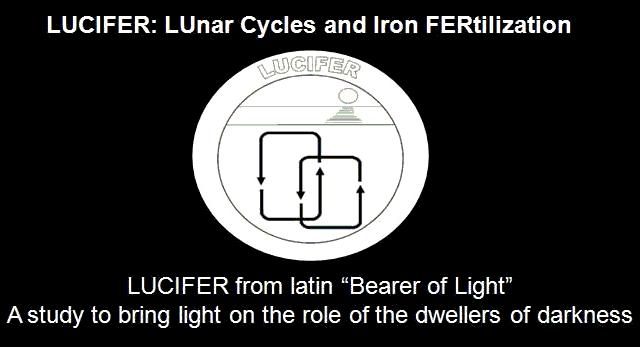Por el interés que tiene para el proyecto, reproduzco un artículo que aparece esta semana en Nature News. Sin duda, interesante. Parece claro que tenemos que medir el cobre en los aerosoles. Se admiten comentarios.
Aerosols can kill as well as nourish ocean organism.
Katharine Sanderson
Tiny ocean-dwelling organisms called phytoplankton, which lock up vast amounts of atmospheric carbon, could be under threat from microscopic particles of copper suspended in aerosols.
Atmospheric aerosols, suspensions of small particles in the air that can be man-made or natural, provide the oceans and resident phytoplankton with nutrients. The particles deliver nitrogen, phosphorous and iron in particular to phytoplankton, which are a vital source of food for marine life.
But now Adina Paytan, a marine scientist at the University of California, Santa Cruz, and her colleagues have found that air samples from different areas of the world are toxic to the most common phytoplankton species, Synechococcus.
Paytan incubated seawater phytoplankton in flasks filled with different samples of aerosol-rich air. "We wanted to find out how aerosol deposition impacts the phytoplankton community," Paytan explains. "Our hypothesis was that adding the aerosol will add nutrients to the incubation flasks and the phytoplankton will grow happily."
This is exactly what Paytan saw for aerosol samples being blown in from the Arabian Peninsula or Europe to the sampling point above a beach south of Eilat, Israel, at the Gulf of Aqaba, in the northern Red Sea. But when phytoplankton were exposed to samples of aerosols that had arrived from the Sahara Desert in Africa, some of them died. "We were very surprised," Paytan says.
The different aerosol samples were analysed to see what was in them, and the Saharan samples had lots of copper and other metals, as well as high levels of nitrate, ammonium and phosphate, also present in the Aqaba samples as well as in samples from Europe. Copper was the prime suspect and follow up experiments showed that when exposed to differing amounts of copper particles alone, the Synechococcus phytoplankton suffered, although another phytoplankton, Prochlorococcus, was not affected. The research is published in the Proceedings of the National Academies of Sciences1.
Knowledge gap
Paytan's paper is a useful reminder that atmospheric deposits supply nutrients and contaminants together, says Tim Jickells, an environmental scientist from the University of East Anglia, Norwich, UK. "We need to understand the combined effect of all these inputs on the system and recognize that this effect will be different in different places and affect different phytoplankton species differently," he says.
He points out that much needs to be done to understand these processes. For example, he says that copper in aerosols can be made safe by being bound up with organic ligands in the ocean, and in Paytan's experiments these processes were not accounted for fully. "If you increase the copper loading [in the ocean] slightly over a long time you might get a different response," Jickells suggests.
"All we know is that from the analytes we measured in our samples, copper is known to be toxic, and when we did controlled lab additions we found toxicity thresholds in concentrations similar to what we measured in the field," says Paytan. She admits that the other toxins present might be to blame, and this needs more investigation. "But regardless if it is copper or not, there is no way to get around the fact that the specific aerosol sample caused a negative effect," she says. "So something in this aerosol was toxic."
Copper concentrations in aerosols around the world vary, but are set to rise in areas downwind of fast-developing Asian countries, such as India and China. Aerosol composition varies from region to region, as do phytoplankton populations, which further complicates the picture.
The experiments highlight how little is known about interactions between land, the atmosphere and the ocean through aerosols, says Paytan. "In short, the land-air-ocean interactions through aerosol deposition are a lot more complicated than the simple paradigm 'dust equals iron, equals phytoplankton growth'," she adds.
References
1. Paytan, A. et al. Proc. Natl. Acad. Sci. doi:10.1073/pnas.0811486106 (2009).
Marine Science Dictated by Politics
Hace 16 años

No hay comentarios:
Publicar un comentario